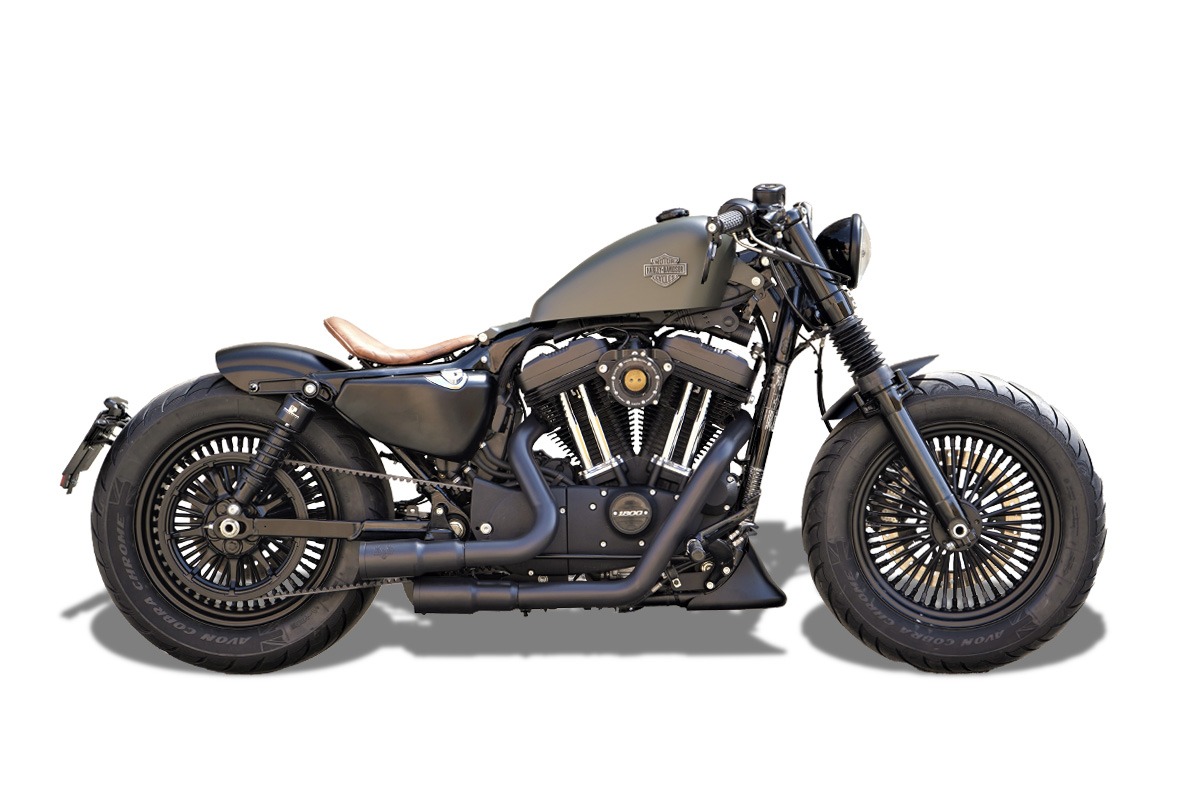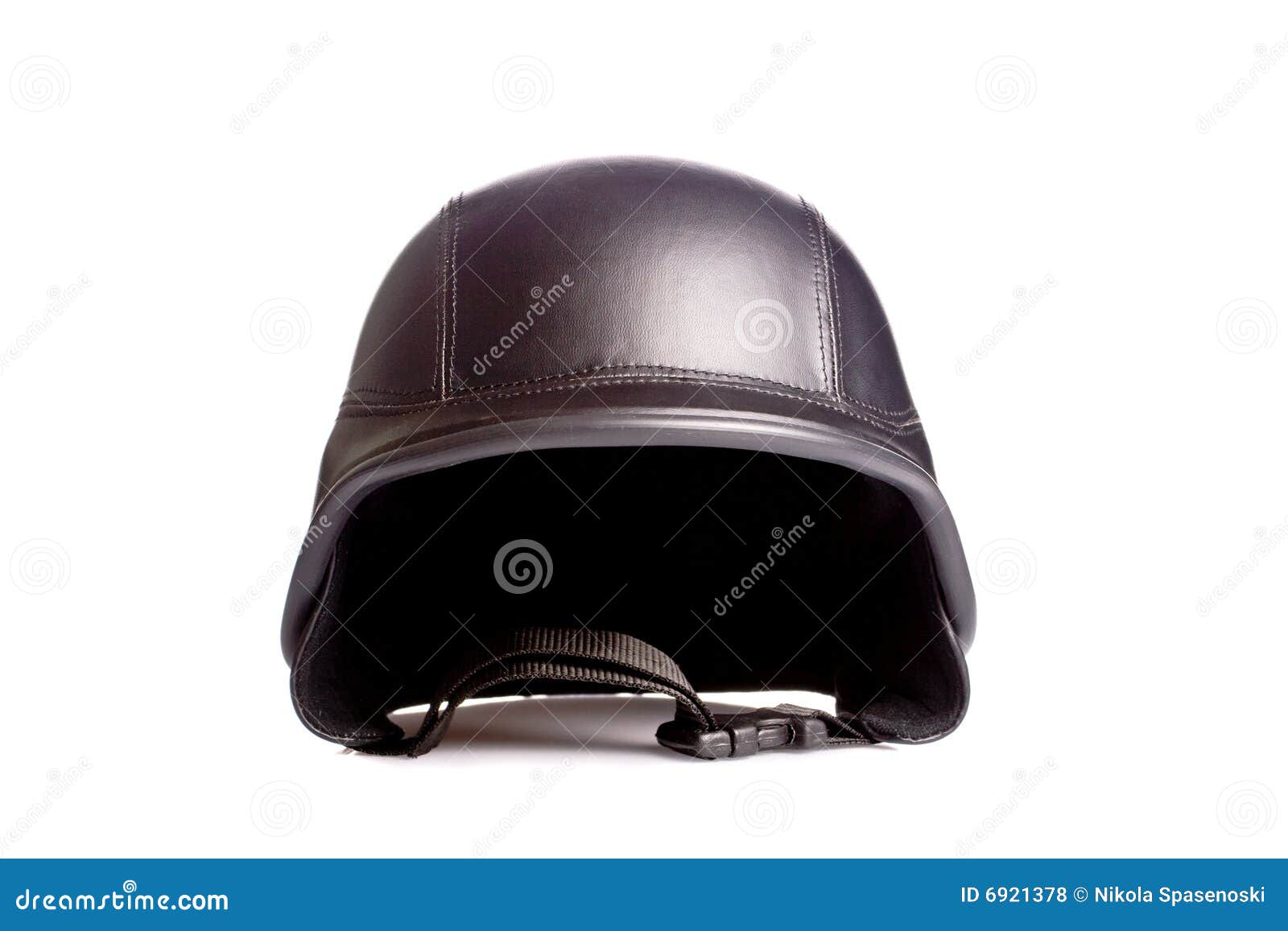Military Style Motorcycle - The creation of the first viable motorcycles began in earnest in the early twentieth century, and as is often the case with new types of vehicles, their militarization was to follow soon after. When we think of World War I, we tend to think of the mechanization of warfare, the rise of tanks, the use of automobiles and trucks, not to mention the advancement of weapons, which included a new and far more destructive artillery piece, the machine gun. and multiple rifles using smokeless propellants and explosives made possible by the inventions of Alfred Nobel.
However, during World War I, many fought on horseback and mules were the primary transport animals. Unlike the Second World War, the Great War was a war of transition from nineteenth century technology using black powder, horses and mules to the new mechanized warfare of the twentieth century. To emphasize the transitional nature of tactics and technology, it is worth noting that the last successful cavalry charge in history was during the First World War, when 800 cavalrymen of the 4th Australian Light Horse, armed with 18-inch Enfield bayonets and mounted on Great Waller horses, charged Turkish fortifications of Birsheva, Palestine.
Military Style Motorcycle

The mounted attack was swift, and despite being fired upon by an enemy armed with artillery, machine guns and Mauser '98 assault rifles, the Australian cavalry were victorious. The Great War was a war full of surprises, many of them unpleasant, and no doubt the Australians were very surprised that they were not all killed. The military motorcycle made its real debut during World War I, although it also appeared in Pancho Villa's troops during the Mexican Revolution. Pancho Villa found that the large Indian motorcycles were ideal for his raiding activities and purchased several of them.
No Frills: The Boxer Metal “urban Scrambler” Bmw R80 — Fuel Supply Co
Pancho Villa realized that a motorcycle offered speed and maneuverability that were ideal for hitting and running. These same characteristics did not go unnoticed by military commanders in the United States, Great Britain, and Germany. And when General Pershing crossed the border in 1916 to try to capture Pancho Villa, he took a pair of Harley-Davidsons with him. However, the first motorcycles of the Great War (1913-1918) were the British Douglas, Triumph, its German counterpart TWN and the German NSU. Triumph Motorcycles was founded in the UK by Siegfried Bethmann, a German immigrant from Nuremberg who established his business in Coventry and later also established a German branch in Nuremberg. Until the outbreak of the First World War in 1913, the two companies operated under different names. Motorcycles in Britain were called Triumph, and those produced in Nuremberg were called TWN (Triumph Werke Nürnberg).
World War I ushered in mechanization and proved that the motorcycle was a viable substitute for the horse. No cavalry would be more successful in the next world war, although the Polish 18th Pomeranian Lancers attacked the Nazi German infantry near Croyanti on 1 September 1939 and initially successfully scattered the German infantry and forced them to retreat. Then the Germans introduced armored vehicles and tanks with heavy machine guns and killed about a third of the Pomeranian Lancers, who themselves were forced to retreat. However, their actions allowed a strategic retreat for Polish troops in the face of a mechanized Nazi attack. In the 1930s, the German army began to plan the tactics of a lightning war that would sweep across Europe with incredible speed.
The secret of blitzkrieg was the ability to move an army across the landscape at the speed of vehicles rather than on foot. The tactical scenario called for the use of aircraft, especially the Stuka dive bomber, to inflict damage and completely demoralize the German enemy, tanks and mechanized military vehicles, which included motorcycles, often with machine gun carriages. A motorcycle may not be protected in combat, but it allows machine gunners to move quickly over rough terrain, and if there is a road, even faster. The two main German military motorcycles were the Zundapp and the BMW. BMW's R-series motorcycles with horizontally opposed twin-cylinder Boxer engines began in 1921.
Some of the 70,000 two-cylinder Douglas Boxer motorcycles that arrived in Europe with the British Army as a result of World War I remained in Europe and were sold as war surplus. One Douglas was purchased by the head of the BMW plant, a man named Martin Stolle. BMW chief engineer Max Fritz noticed the Martin Stolley Douglas and saw in it the inspiration for a new BMW motorcycle. Martin Stoll agreed to let Max Fritz reverse engineer his bike and so Martin's Douglas bike was duly completely disassembled and reassembled so that Max Fritz could get the best ideas for his new BMW bike.
Kalashnikov Shows Off Cafe Racer Concept Bike
Max Fritz worked to design a motorcycle that would be reliable in the harshest conditions, and this included the possibility of use in agricultural Germany, the German colonies in Africa, as well as for military and police use. To this end, Max Fritz decided to reorient the horizontally opposed engine from the longitudinal position of the Douglas to the side. This not only helped with engine cooling and maintenance, but also secured the engine and transmission to be perfectly positioned for use with the rear wheel drive shaft. A drive shaft is much more reliable in dirt, dust and sand than a chain drive. Designed by Max Fritz, the bike was the iconic R32 and was the forerunner of all the R-series opposed-engined BMW bikes to come. The R32 model was released in 1923 and went through several updates, the R42 and R52. Throughout the 1920s and 1930s, BMW continued to update and create new models not only for commercial sales, but also in anticipation of rapidly approaching military needs.
With Hitler's moves to militarize Germany in the mid-to-late thirties, BMW and other motorcycle manufacturers, especially Zundapp, were well aware that they would need viable military motorcycles to sell to the military. In 1938, BMW received an official request to create a motorcycle for the German army. This model was designated the R75 and it was decided that the old side valve engines used on the previous R71 model would be inadequate for the new military motorcycle. So BMW developed the 750cc overhead valve engine, the engine that became the basis of post-war BMW motorcycles. The R75 military motorcycle was designed for use with a sidecar and therefore had not only sidecar mounts but also the means to drive the sidecar wheel as well as the rear wheel of the motorcycle. This rear-wheel-drive setup had a locking differential and road/highway gear selection. The motorcycle turned out to be very maneuverable and reliable in dust, sand and mud on the battlefield. In fact, this bike so impressed the British, Americans and Russians that they were all convinced to try to copy it.
British Douglas built their post-war Douglas Mark V in the BMW style with a full engine. The US government bought Harley-Davidson and Indian to produce motorcycles like the R75. These were the Harley-Davidson XA, which was more of a copy of the BMW R71 side-valve motorcycle, and the Indian 841. In both cases, these prototype bikes had 740 cc side-valve engines and shaft drives. None have been put into full production. The Soviet Union quietly imported five BMW R75s through intermediaries in neutral Sweden and copied them to create their Dnipro M-72, and after the war the Communist Chinese also copied what later became the Chang Jiang CJ750. Also, "Dnipro M-72" was the predecessor of the modern "Ural". If imitation is the greatest flattery, then the BMW R75 has been very flattered, but its engine design is partly owed to the British Douglas.

Zundapp also made a four-cylinder motorcycle for the German army. It was the K800, which had a horizontally opposed four-cylinder engine and was the only four-cylinder motorcycle used during the war. The volume of the engine is 787 cubic centimeters, the power is 26 horsepower, the bike had a four-speed manual transmission. Across the Channel, most of the British government largely denied the possibility of another full-scale world war with Germany, despite the protests of Winston Churchill, who called him a "warmonger" and other things. rough tags At one stage, Churchill advocated a pre-emptive strike on Germany before it became too strong.
Harley Davidson Wrinkled Bob Looks All Military And Mean
He said about Hitler. "If a dog touches my pants, I'll shoot him before he bites." But his statements were deemed not "politically correct" and
Post A Comment:
0 comments so far,add yours